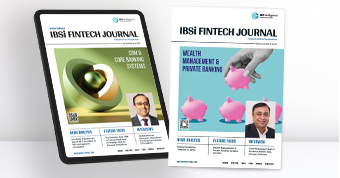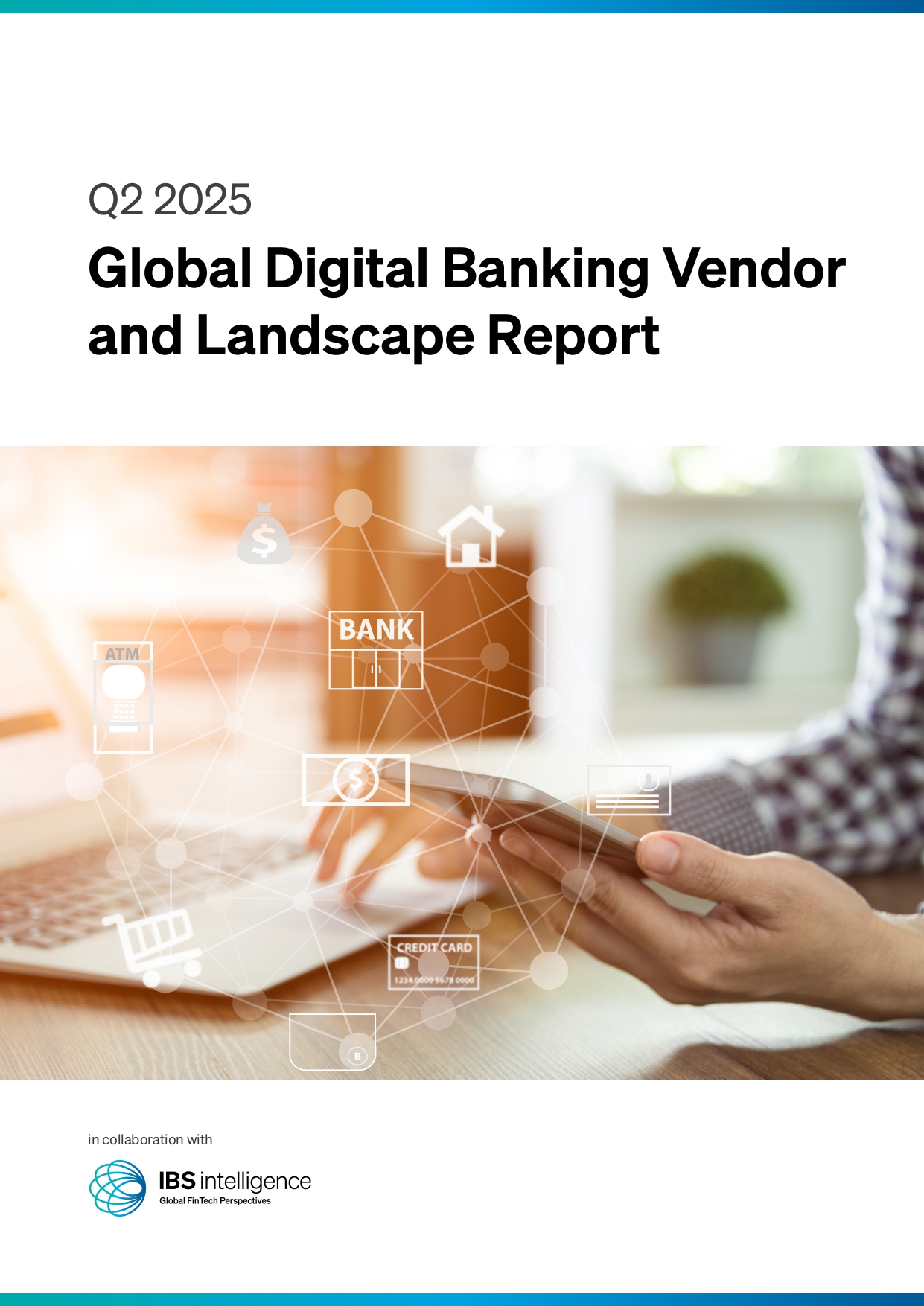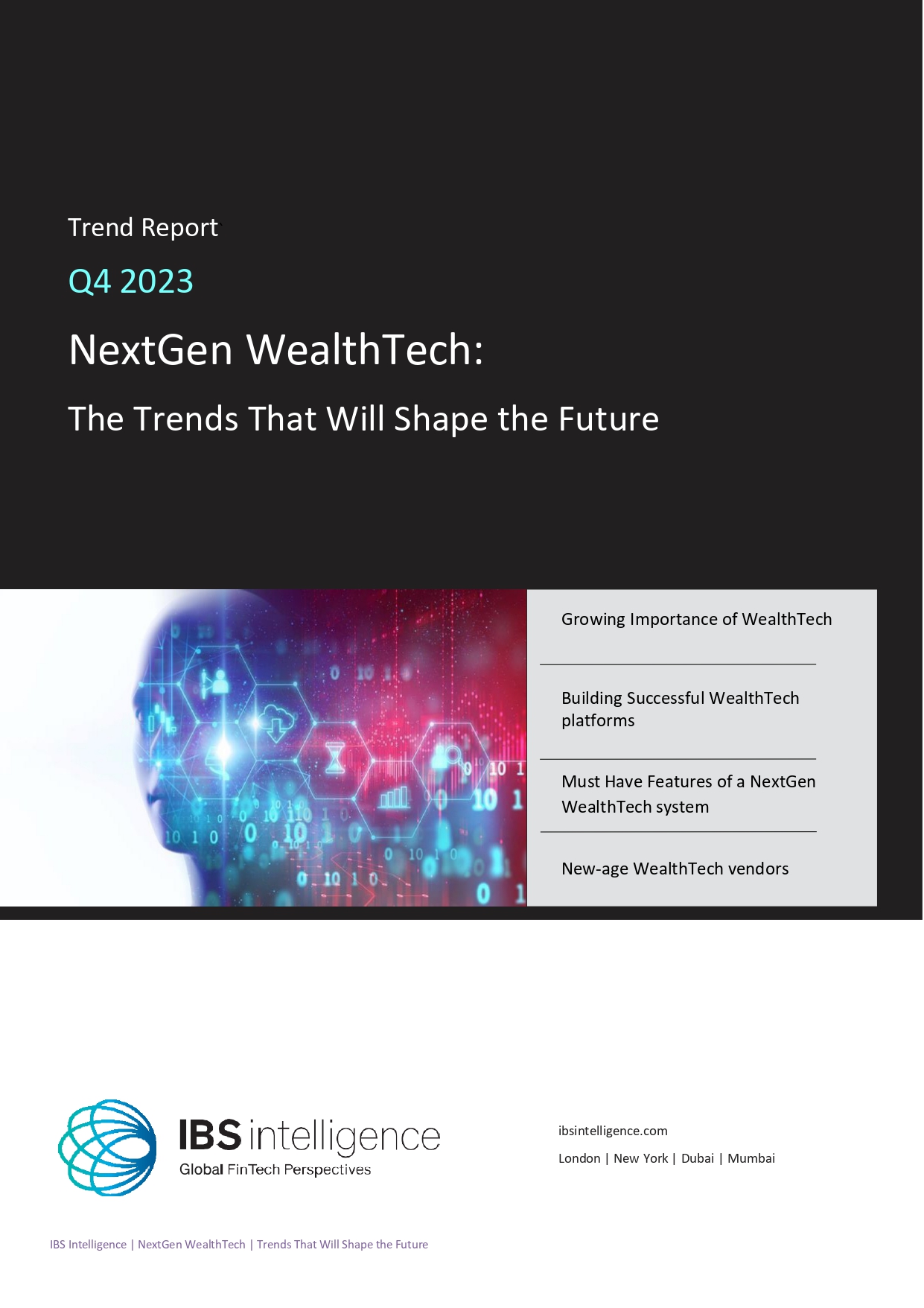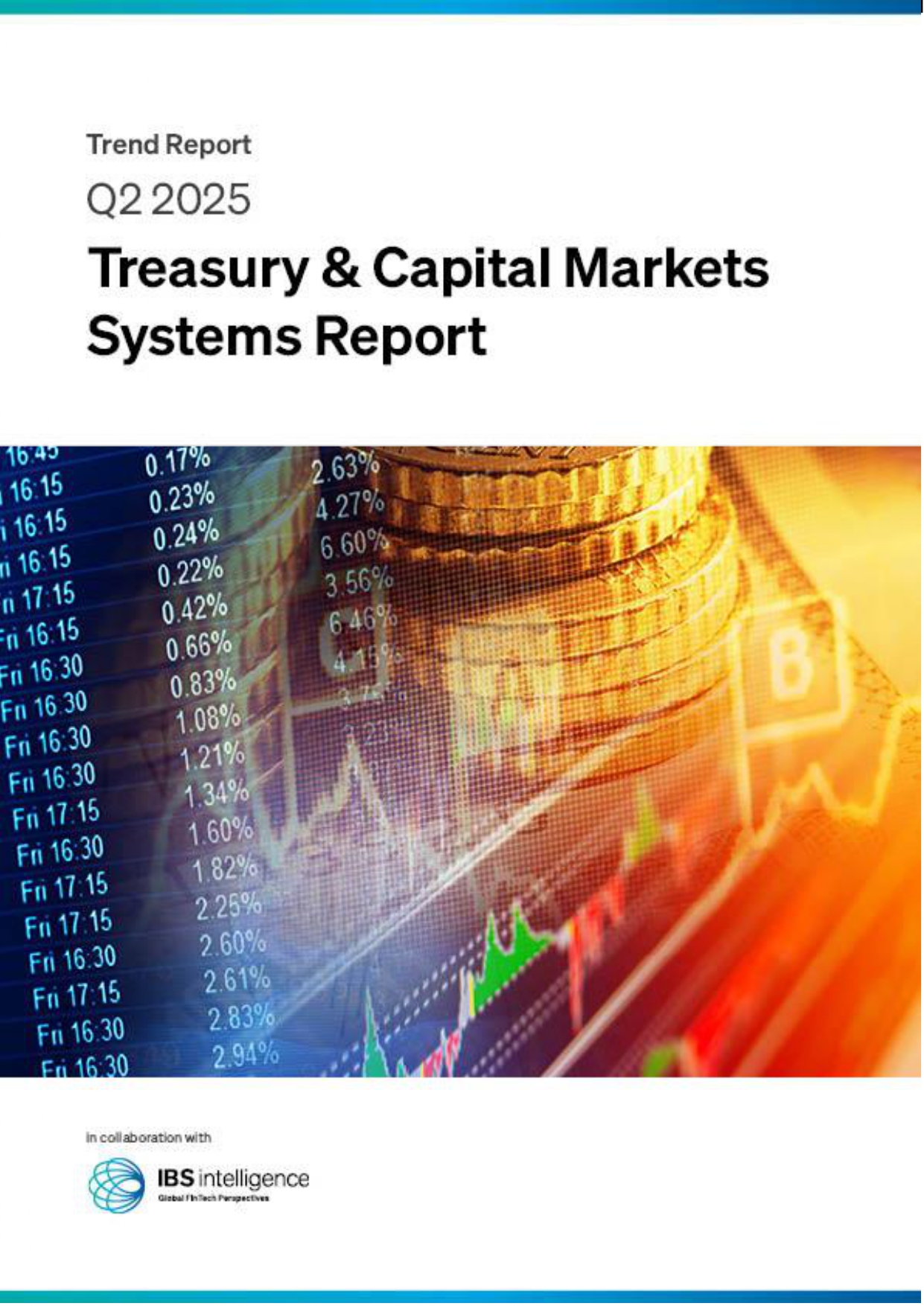 Back
Back
Emerging economies outpaced developed nations in real-time payments modernisation
By Gaia Lamperti
Real-time payments unlock economic growth and accelerate financial inclusion for increasingly fast-paced and digital-led ‘gig economies’ and governments that advance that modernisation of their national payments infrastructure create a win-win situation for all stakeholders in the ecosystem.
Supporting this belief, the third edition of ‘Prime Time for Real Time 2022′, a report published by ACI Worldwide in partnership with GlobalData and the Centre for Economics and Business Research studied the economic impact of real-time payments, providing a comprehensive view of their economic benefits for consumers, businesses and the broader economy across 30 countries. The report tracked real-time payments volumes and growth across 53 countries, covering all G20 nations excluding Russia.
“As our research reveals, modern economies depend on real-time payments to boost economic growth, prosperity and financial inclusion. Central governments worldwide are the primary enabler of these systems,” said Odilon Almeida, CEO, ACI Worldwide. “The challenge for financial institutions worldwide is to leverage the new payment rails and maximize their value for the benefit of their customers. Banks must reinvent their mission-critical operating systems to compete in the new real-time, cloud-first and data-centric business environment. Inaction is not an option as broad-based sector disruption has moved beyond a tipping point.”
The research shows that consumers and businesses benefit from fast, frictionless and hyper-connected payments services, financial institutions future-proof their business in a highly competitive environment by speeding up cloud-first and data-centric modernization, and national governments boost economic growth, reduce the size of their shadow economy and create a fairer financial system for all.
“By allowing for the transfer of money between parties within seconds rather than days, real-time payments improve overall market efficiencies in the economy,” commented Owen Good, Head of Advisory, Centre for Economic and Business Research. “Real-time payments improve liquidity in the financial system and therefore function as a catalyst for economic growth. This is especially important for our fast-paced and digital-led gig economies. Workers are paid quickly, allowing them to better plan their finances. Businesses have more flexibility and reduce the need for burdensome cashflow management.”
“One of the big themes in this year’s report is the cloud as the great enabler of real-time success and new, differentiated payments experiences,” added Jeremy Wilmot, Chief Product Officer, ACI Worldwide. “Within the financial services industry, we are still only scratching the surface of the cloud’s potential. As other industries have already shown, and as this report confirms, it is increasingly clear that banks and financial institutions with designs on winning with payments in the real-time digital economy need to be cloud-first and data-centric.”
Key highlights
- By 2026, real-time payments are forecast to account for 25.6% of total global electronic payments, up from 13.8% of total global electronic payments in 2021.
- Emerging economies are outpacing developed nations in real-time growth and the associated economic benefits.
- The world’s five top real-time payments markets – India, China, Thailand, Brazil and South Korea, made 92.9 billion real-time payments in 2021 – forecast to grow to 356.9 billion by 2026 – a Compound Annual Growth Rate (CAGR) of 30.9%.
- The combined real-time volume of the five countries helped facilitate US$54.6 billion of additional economic output in 2021 – forecast to climb to US$131.1 billion in 2026.
- Leading developed countries, including the U.S., Canada, U.K., France and Germany, lag on the real-time transaction uptick and lose out on economic growth.
- 7.5 billion real-time payments were made across these countries in 2021, forecast to grow to 20.9 billion by 2026 with a CAGR of 22.7%. The combined real-time volume helped facilitate US$7.3 billion of additional economic output in 2021, forecast to rise to US$14 billion in 2026.
- In the Middle East, Africa and South Asia, real-time payments will account for 80% of all electronic payments by 2026, while Europe and the U.S. trajectories sit at 12.7% and 4.67%, respectively.
IBSi FinTech Journal

- Most trusted FinTech journal since 1991
- Digital monthly issue
- 60+ pages of research, analysis, interviews, opinions, and rankings
- Global coverage
Other Related News
Related Reports

Sales League Table Report 2025
Know More
Global Digital Banking Vendor & Landscape Report Q2 2025
Know More
NextGen WealthTech: The Trends To Shape The Future Q4 2023
Know More
Intelligent Document Processing in Financial Services Q2 2025
Know More



